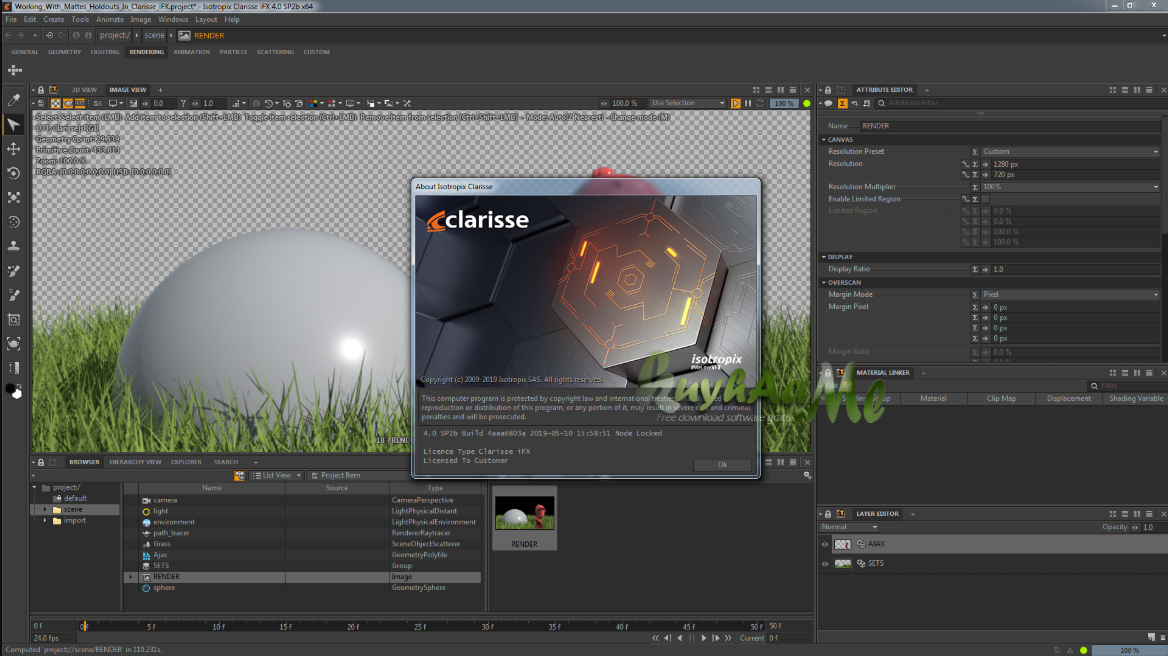

Intel says that the hardware-accelerated AV1 creation unlocked by Arc is 50 times faster than software encodes. Modern desktop GPUs support AV1 decoding that can help you watch 8K videos without your system catching fire, but until now you needed to use software alone to actually create AV1 videos. The highly efficient next-generation video standard was created by a consortium of industry giants and is rapidly moving towards becoming the norm. But Arc also offers something no other GPU maker provides: hardware-based AV1 encoding acceleration. IntelĪrc GPUs sling all the high-end video you’d expect, from 8K 10-bit HDR encodes and HEVC, AVC, and VP9. That’s impressive, especially in lower-cost Arc 3 laptops, but it’s the media engine where the magic starts.
Topaz studio graphics card requirement 1080p#
They’re capable of outputting up to 360Hz at 1080p and 1440p resolution or powering a pair of 4K/120 or 8K/60 panels. Every Arc GPU can support up to four total HDMI 2.0b and DisplayPort 1.4a outputs (though configuration will vary by laptop). It starts with the media and display engines, which remain consistent across all Arc GPUs. Yes, Arc was designed for gaming first and foremost-Intel says the Arc 3 laptops surpass 60 frames per second in triple-A games at 1080p resolution at high and medium settings, and 90fps in esports games, doubling the speeds available with its integrated graphics-but the company focused more heavily on the unique value and features Arc can provide. Intelīy focusing on affordable laptops rather than leaping straight into a battle for high-end desktop supremacy, Intel is playing to its strengths. We’ve split off the nitty-gritty Xe HPG architecture details into a separate article, but you can see a high-level look at the mobile GPUs below. All Arc GPUs will be powered by Intel’s new Xe HPG graphics architecture.

More powerful Arc 5 and Arc 7 notebooks are scheduled to hit the streets over the next few months. The A350M and A370M will appear in laptops available for preorder today, with prices starting at $899. Today, Intel took the wraps off its Arc A-series mobile GPUs, launching only the most humble variants-the affordable Arc 3 series. Rather than debuting in desktop form, Arc’s grand reveal comes via laptops, which can drive home some of the enticingly delicious advantages Intel can provide in tuned systems revolving around its Core CPUs and Arc GPUs. Intel’s hotly anticipated Arc GPUs hit the streets today-though not in the way you might expect. After years of teases, promises, and hype, a third heavy-hitting player enters the graphics card game today, aiming to shake up the Nvidia/AMD duopoly. Intel’s long-anticipated Arc GPUs arrive in laptops, loaded with enticing features


 0 kommentar(er)
0 kommentar(er)
